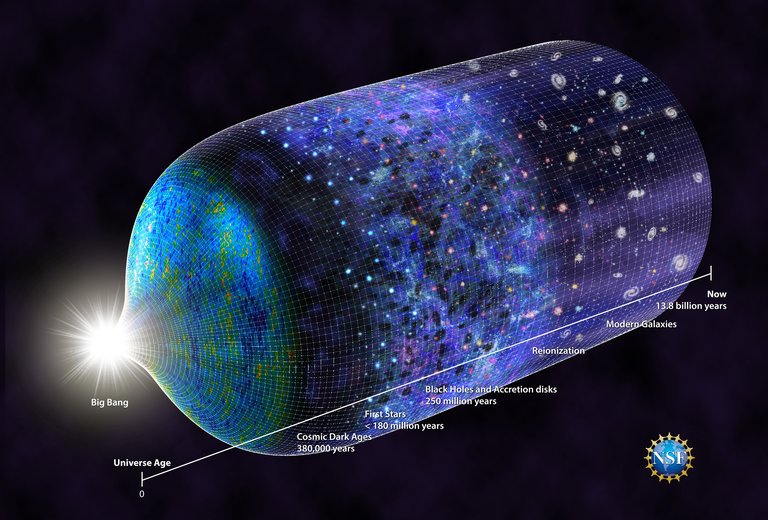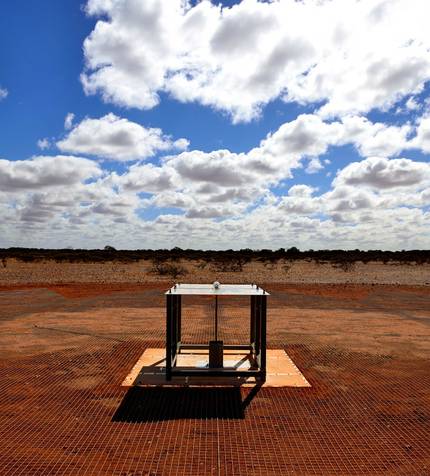They receive the signal of the first stars

Researchers at MIT and the University of Arizona have detected the hydrogen signal from the beginning of the universe. It is a signal yielded by hydrogen atoms at 180 million years of Big Bang, which has shown that the first stars were already created by that time, and that the universe was much colder than was thought.
In the first millions of years of universe creation it was totally dark, there were no galaxies or stars, and it was basically full of hydrogen. That initial hydrogen gas was totally invisible, since it was inseparable from the background radiation existing at that time, due to the energetic state of hydrogen atoms. The theory said that this situation would change with the formation of the first stars, since the ultraviolet radiation emitted by them would modify the energy status of hydrogen atoms and then hydrogen atoms would begin to absorb the background radiation. This absorption must have left a signal in that background radiation that would reach us today as radio waves. This is what has just been detected, the signal left by hydrogen atoms by the stars, which has come in the form of radio waves.It has been released in the journal Nature.

The signal has been detected by a small radiospectometer located west of Australia. It has been a great challenge, as it can be thousands of times greater than the signal that sought the noise of the area. The antenna is located in the center of the desert, where barely arrive the radio signals generated by the man. In fact, the frequencies of the signals we use for FM are very close to those that come from that early universe. Specifically, the signal detected is 78 MHz. This frequency corresponds to 180 million years of Big Bang. This is the earliest hydrogen that has been detected in history, and shows that at this time the stars had been created and began to act on the medium.
This signal has confirmed most of the theoretical predictions about the time when the first stars emerged, as well as the main characteristics of the first stars. But it has also surprised that the universe was much colder than was thought at that time. In fact, they have calculated that it had half of the estimated temperature: -270 °C approx. They are not convinced why this may be, but in a second article published in Nature, researchers at the University of Tel Aviv have proposed that interactions with dark matter might have cooled both the initial hydrogen gas.
Buletina
Bidali zure helbide elektronikoa eta jaso asteroko buletina zure sarrera-ontzian











